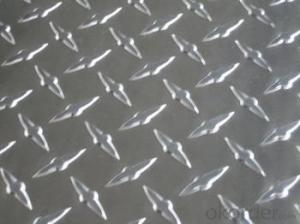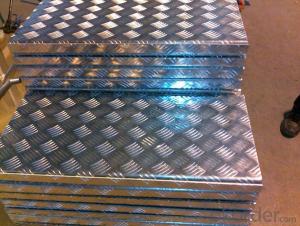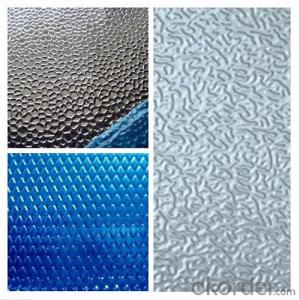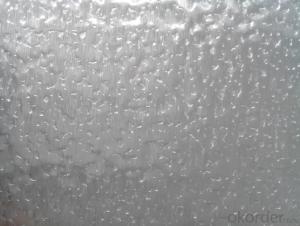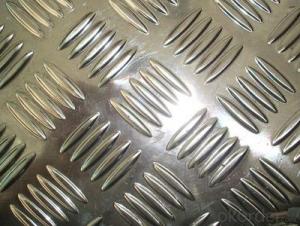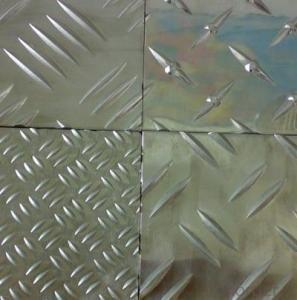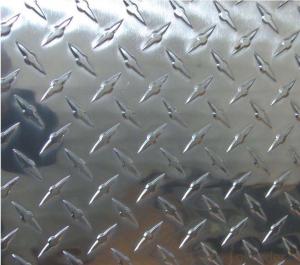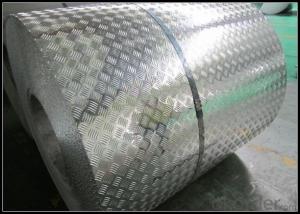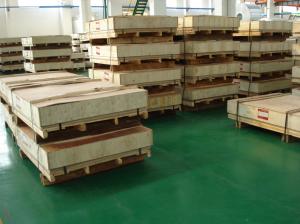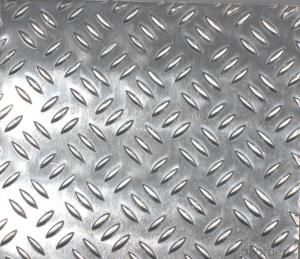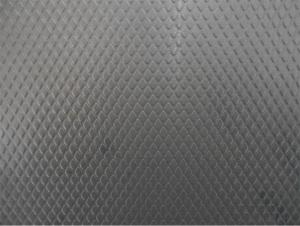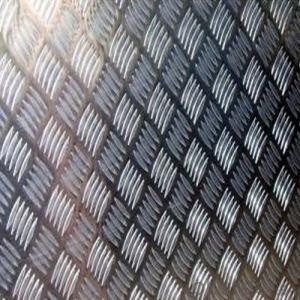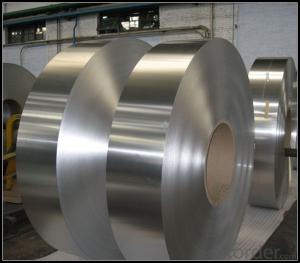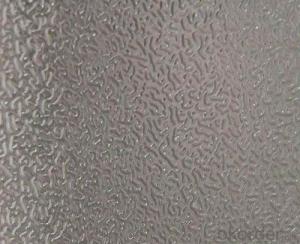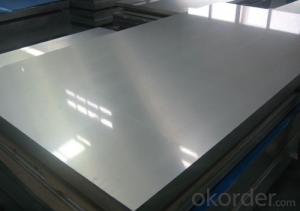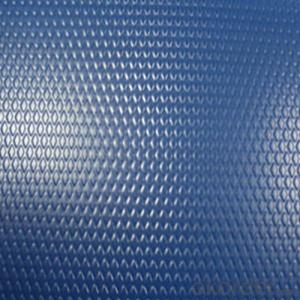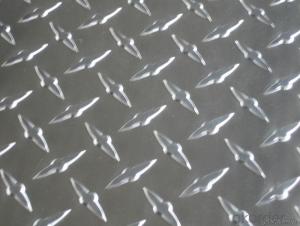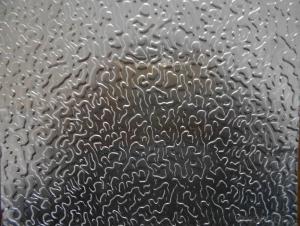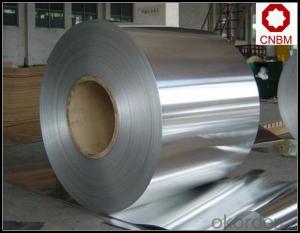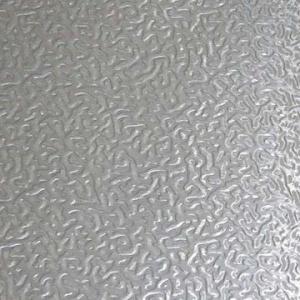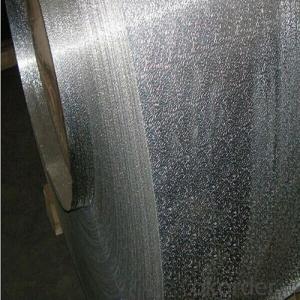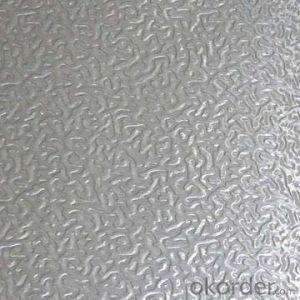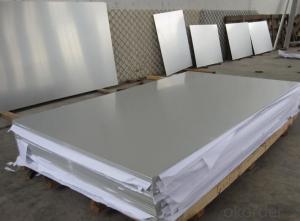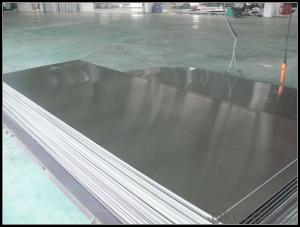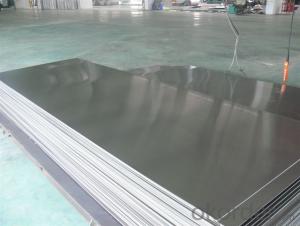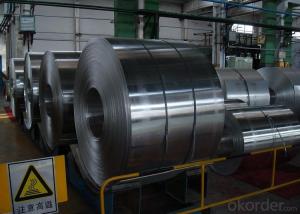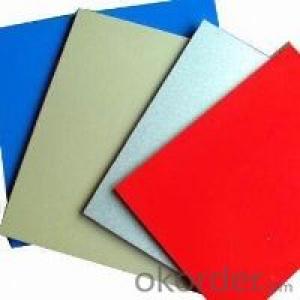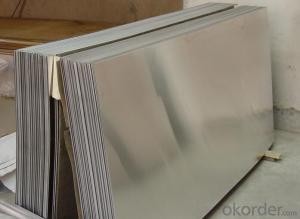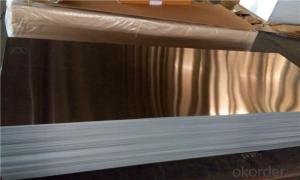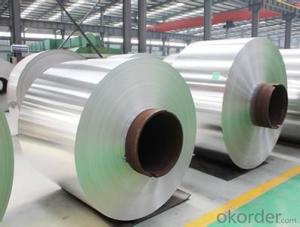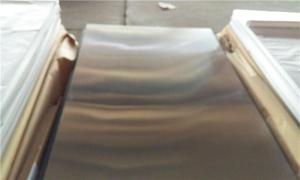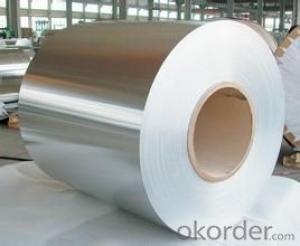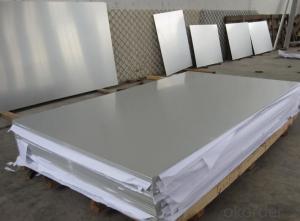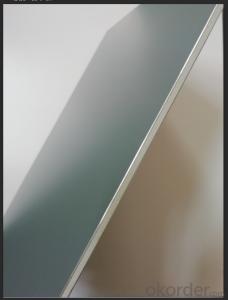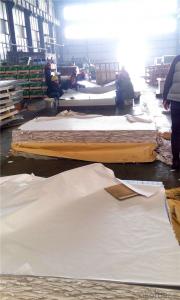Diamond Embossed Aluminum Sheet
Diamond Embossed Aluminum Sheet Related Searches
Embossed Aluminum Diamond Plate Aluminum Sheet Diamond Plate Diamond Plate Aluminum Sheets Sheet Of Diamond Plate Aluminum Diamond Plate Sheet Aluminum Sheet Aluminum Diamond Plate Sheets Of Aluminum Diamond Plate Sheet Diamond Plate Aluminum Diamond Plate Aluminum Sheeting 1 4 Diamond Plate Aluminum Sheet Polished Aluminum Sheet 1 8 Diamond Plate Aluminum Sheet Embossed Aluminum Plate 1/4 Diamond Plate Aluminum Sheet Aluminum Diamond Plate 4x8 Sheet Aluminum Diamond Mesh Diamond Plate Aluminum Sheets 4X8 Aluminum Sheet Plate Rolled Aluminum Sheet Embossed Aluminum Foil Embossed Aluminum Tread Plate 4x8 Sheet Aluminum Diamond Plate Corrugated Aluminum Sheet Black Anodised Aluminium Sheet Aluminum Foil Sheet Aluminum Sheet With Holes 4x8 Sheet Diamond Plate Aluminum Aluminum Circle Sheet Colored Aluminum Diamond Plate Aluminum Sheet And PlateDiamond Embossed Aluminum Sheet Supplier & Manufacturer from China
Diamond Embossed Aluminum Sheet is a type of metal material that features a distinctive textured surface, providing both aesthetic and functional benefits. This embossed pattern not only enhances the appearance of the aluminum sheet but also offers improved grip and durability, making it an ideal choice for various applications. The unique diamond pattern adds a level of sophistication and style to the material, which is appreciated in numerous industries.The Diamond Embossed Aluminum Sheet is widely used in a variety of settings, including construction, automotive, and interior design. Its slip-resistant surface makes it suitable for flooring, stair treads, and walkways, while its durability and resistance to corrosion make it an excellent choice for exterior applications such as facades and cladding. Additionally, the embossed aluminum sheet is often utilized in the manufacturing of furniture, signage, and decorative elements due to its visual appeal and strength.
Okorder.com is a leading wholesale supplier of Diamond Embossed Aluminum Sheet, boasting a vast inventory to cater to the diverse needs of customers worldwide. With a commitment to quality and customer satisfaction, Okorder.com ensures that the Diamond Embossed Aluminum Sheet they provide meets the highest industry standards. Their extensive stock allows them to offer competitive prices and fast delivery times, making them a reliable choice for businesses seeking to incorporate this versatile material into their projects.
Hot Products

